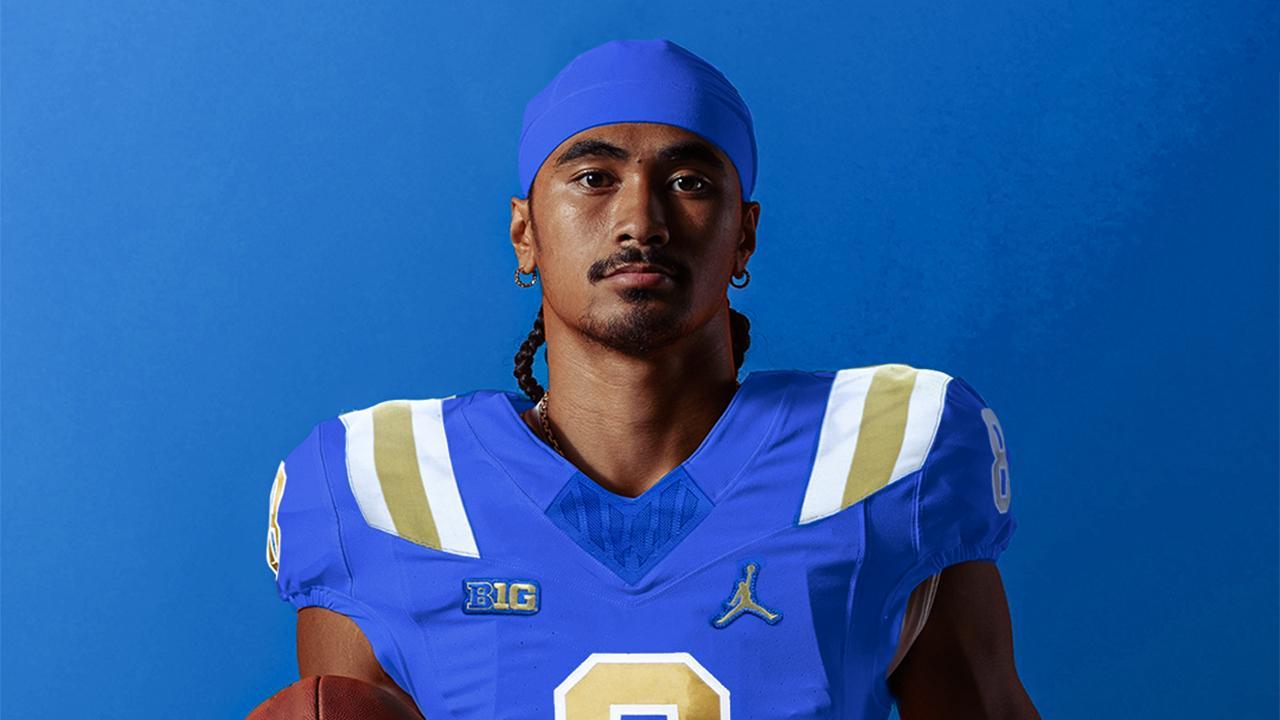A few weeks ago we showed a different way coaches can measure special-teams performance. Today, in the next entry of "Stats That Matter" or, more specifically, an off-beat number that some coaches examine aside from the traditional stats the NCAA keeps tabs on, we highlight a number that East Carolina offensive coordinator Lincoln Riley uses as a gauge for his quarterbacks. In fact, the former Texas Tech assistant came up with a mathematical formula to help decide who the Pirates' starting QB should be in 2010.
It starts with a basic premise: Look for the negative. Look for bad plays.
"You can use it during the season, but for us, it really helped in camp," said Riley, who presided over an offense that jumped from 62nd to 16th in scoring in his first season at ECU thanks in part to the efforts of QB Dominique Davis. "We had a QB battle here last summer and everybody was really close. We looked at all of the normal stats you look at and it was [still] really close. We kept talking about 'Who moves this group the best?' But it's also looking at things in terms of, 'Who is setting us back because we can't afford to hurt ourselves.'"
Riley's math revolves around the percentage of "bad plays" that occurred based on the number of total plays while his quarterback was on the field. He defined "bad plays" as sacks, interceptions/turnovers and all negative yardage plays (and offensive penalties). In camp, the ECU staff kept tabs not only on each quarterback's work in scrimmages but also in team period during every practice.




